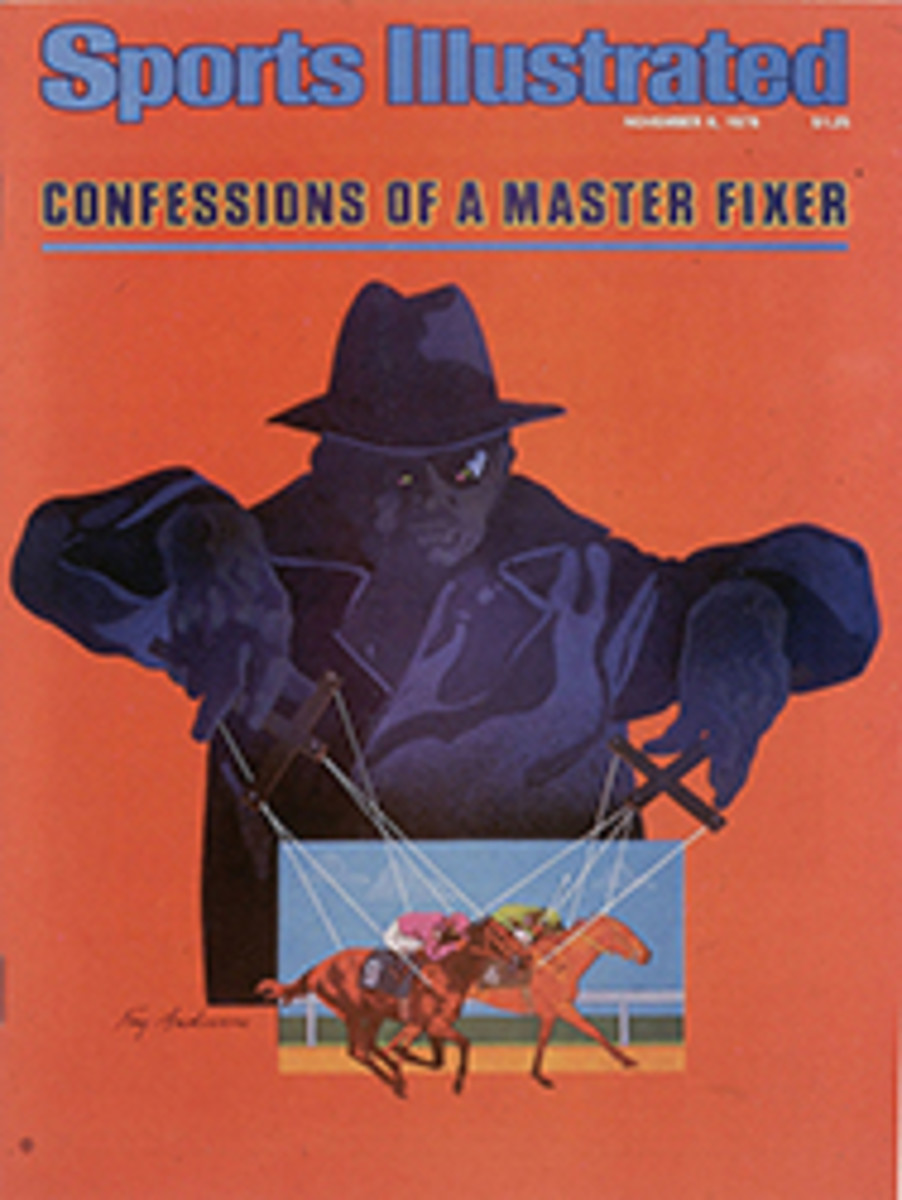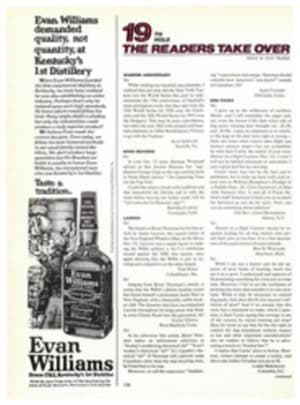
THE COLLEGE BASKETBALL SCANDAL IS DISSECTED IN THIS DEFINITIVE STUDY
The spring of 1951 was the worst time in the history of college basketball and one of the worst in the history of American sports. Beginning with the disclosure by New York District Attorney Frank Hogan's office that members of the Manhattan College team had taken bribes for shaving points, the poison of scandal oozed out from New York into the South and Middle West, ultimately tainting the national championship team from City College of New York and such formidable basketball powers as Bradley, Toledo and Kentucky.
It is a sad story but an engrossing one, and at last it has been told properly, in Scandals of '51 by Charles Rosen (Holt, Rinehart and Winston, $10). Rosen is a former college and semipro basketball player who has written three other books about the game. For this one he has done a lot of digging into newspaper files, he has talked with many of the participants and he has come up with a thorough, penetrating account that is likely to be the definitive version for some time to come.
Rosen sees the story not in terms of heroes and villains, but of people who in one way or another were caught up in a system that almost openly invited corruption. He makes no alibis for those who paid bribes or the players who took them, but he leaves little doubt that the colleges had created an atmosphere of appallingly loose morality. In the words of a judge who tried many of the point-shaving cases:
"I found undeniable evidence of covert subsidization of players, ruthless exploitation of athletes, cribbing on examinations, a reckless disregard for the players' physical welfare, matriculation of unqualified students and demoralization of the athletes by the coach, the alumni and the townspeople."
Or, in the words of a Toledo journalist: "Who is an easier prey than a kid who has gotten an easy buck out of a college being offered another easy buck by someone else?" Even the best of them—Kentucky's Ralph Beard, Long Island University's Sherman White, Bradley's Gene Melchiorre—succumbed to the lure of surreptitious cash in exchange for what seemed no big deal: not actually losing a game, just shaving the margin of victory.
College basketball was shaken by the scandal, and smaller scandals since have emphasized the game's continuing vulnerability. Rosen's level-headed, meticulous book should be read by every college administrator, athletic director, coach and player.

